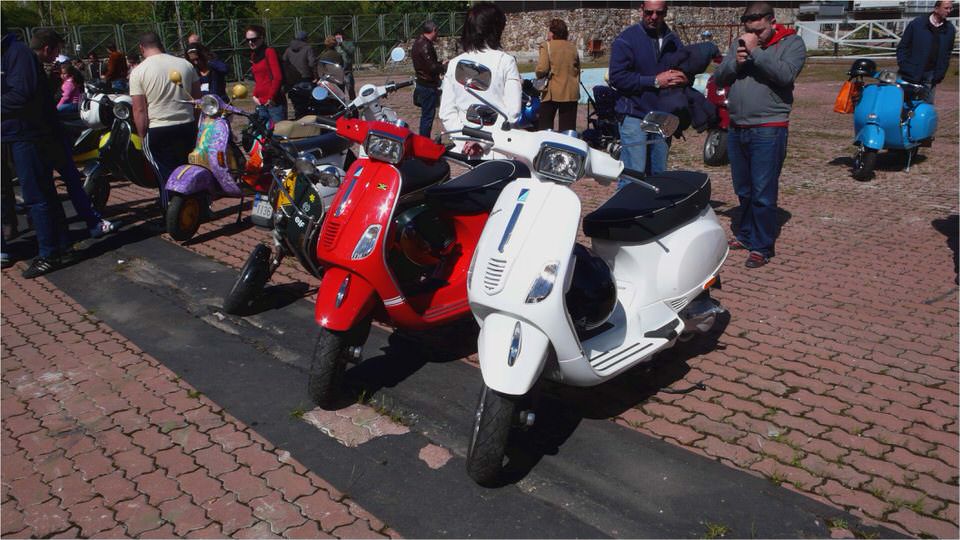
Vespa
John H Glimmerveen Licensed to About.com
The Vespa scooter has been sold on every continent in the world, produced in 13 countries, sold in 114, and more than 16 million have been produced to date.
The first Vespa’s were designed by aeronautical engineer and inventor Corradino D’Ascanio, with the first machines being offered to the public in 1946; the design had been registered with the Ministry of Industry and Commerce in Florence, Italy earlier that year.
The Wasp
The name Vespa was coined by Enrico Piaggio, who, when looking at a drawing of the MP6 prototype, declared that it looked like a wasp (Vespa in Italian, or Portuguese, translates to wasp or hornet).
The whole concept for the scooter had been tried during the Second World War when paratroopers needed a lightweight vehicle after landing. But before the machines could be produced in any numbers, Allied bombers bombers razed the factory to the ground.
The original Piaggio company was founded by Rinaldo Piaggi at the young age of 20 years. Early production focused on vans, trams, truck bodies, luxury coaches, rail carriages and eventually, airplanes and seaplanes.
From 1500-hp aero engines to 2-stroke engines of 98-cc with a little over 3-hp is a big leap, but the introduction of scooters to a world dominated by motorcycles was a big leap too.
Design Concept
The design concepts taken from Corradino’s aeronautical experience extended to the front forks and wheel location which resemble those fitted to many aircraft. Corradino also wanted to keep the rider relatively clean and dry and therefore he integrated leg shields into his design.
Interestingly, it has been reported that Corradino D’Ascanio did not like motorcycles. His design, therefore, was based to a large extent on his aeronautical experience and can be seen in many aspects of the early scooters. For example, the chassis and body were a one piece unit much like the fuselage concept of an aircraft where items such as wings are attached.
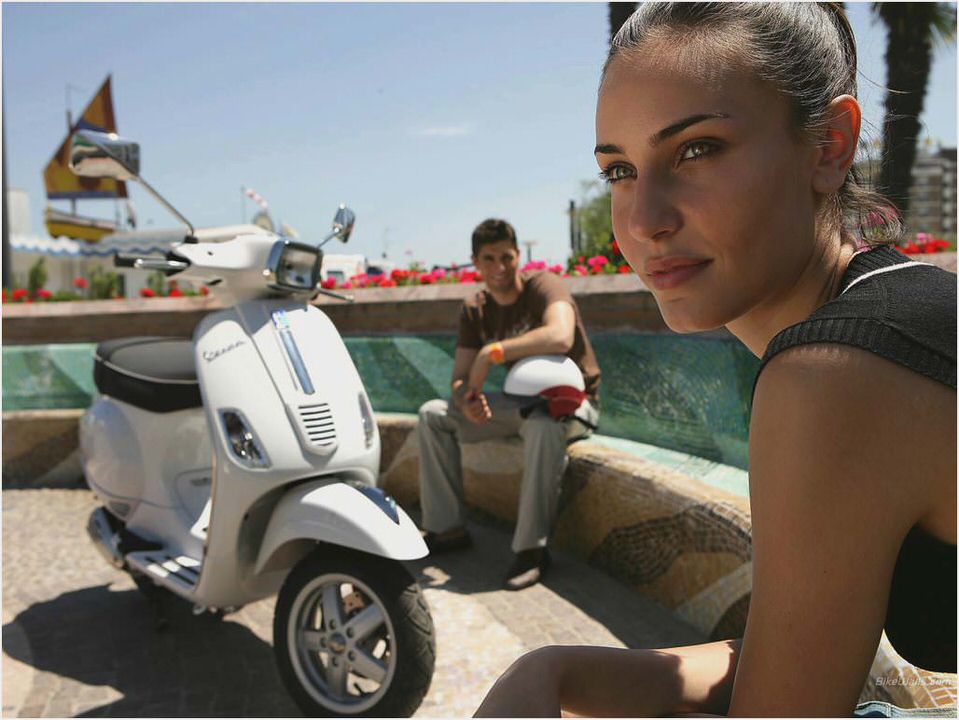
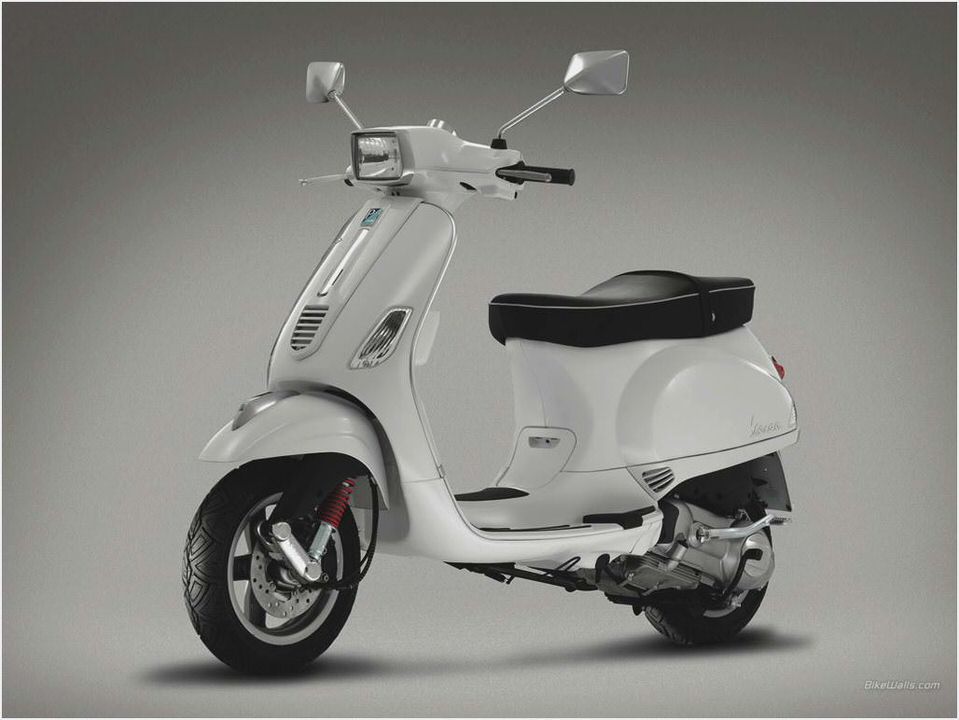
In the case of the scooter, the sheet metal chassis has various panels attached.
Although updated many times, the original design concept is seen throughout the history of the Vespa Marque. Engine sizes have changed a number of times, notably with the 1948 125 and the GS 150 of 1955. Two main styles can be seen throughout the Vespa range: the PX (large body) and the PK (small body).
The PX was introduced in 1977 and is still available today.
Scooters for the Mod’s
The success of the little Italian machines is a lesson in producing a vehicle that the masses wanted, or needed. Whether it was for a commuter machine or as a style statement, such as when the Mod’s in England adapted them during 60s and 70s. the scooter has proven to be very popular.
Today, interest in small classic motorcycles is high. They are affordable and relatively easy to work on. And although as an investment the owner is unlikely to make any huge profits, they can at least enjoy riding them and becoming part of the ever growing classic bike collectors/owner’s scene. Getting money back after a few years of use is possible with regular maintenance keeping the bike in good condition.
Classic scooter restoration is becoming popular too.
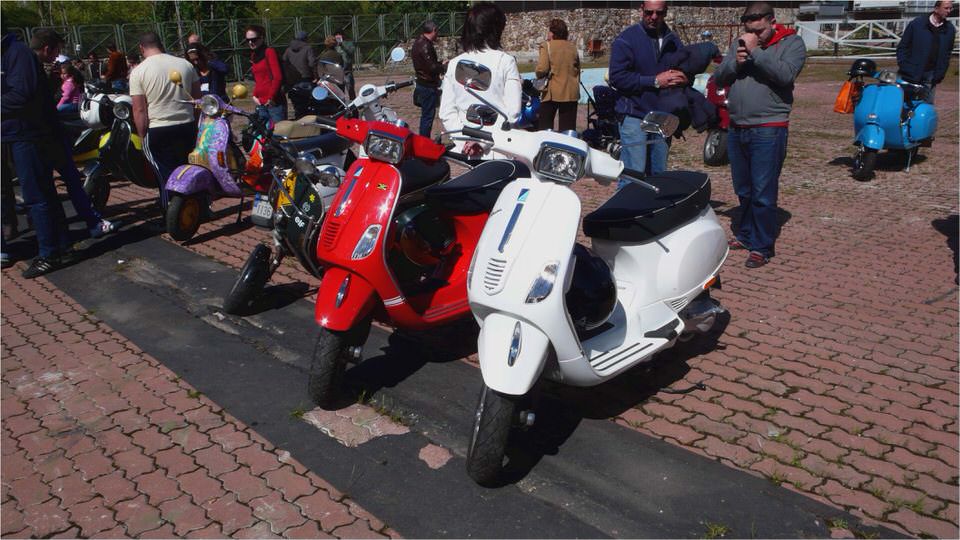
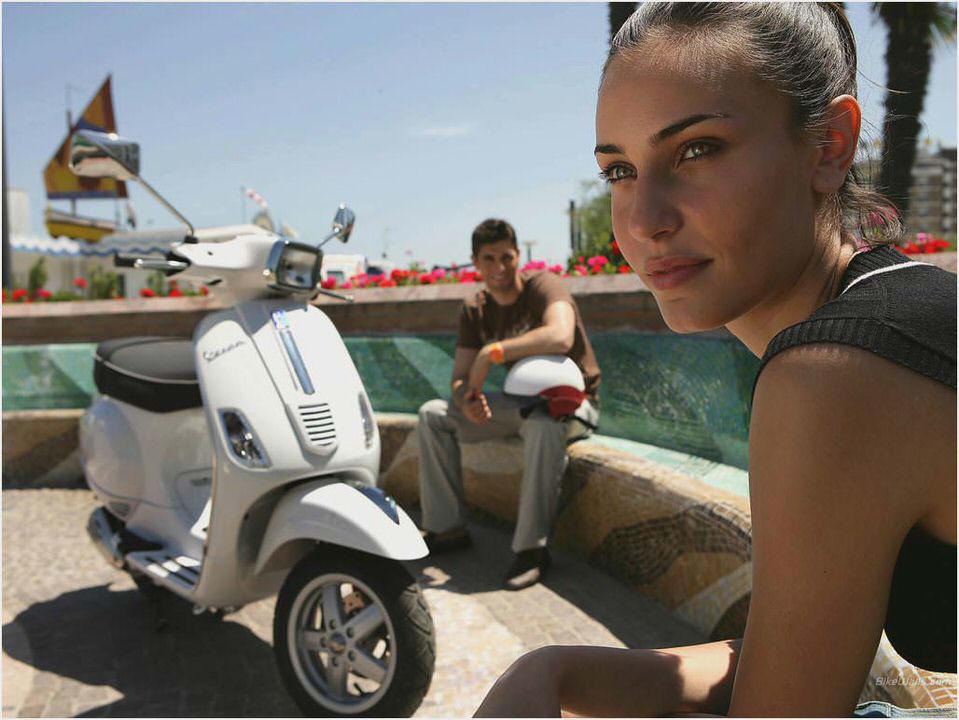
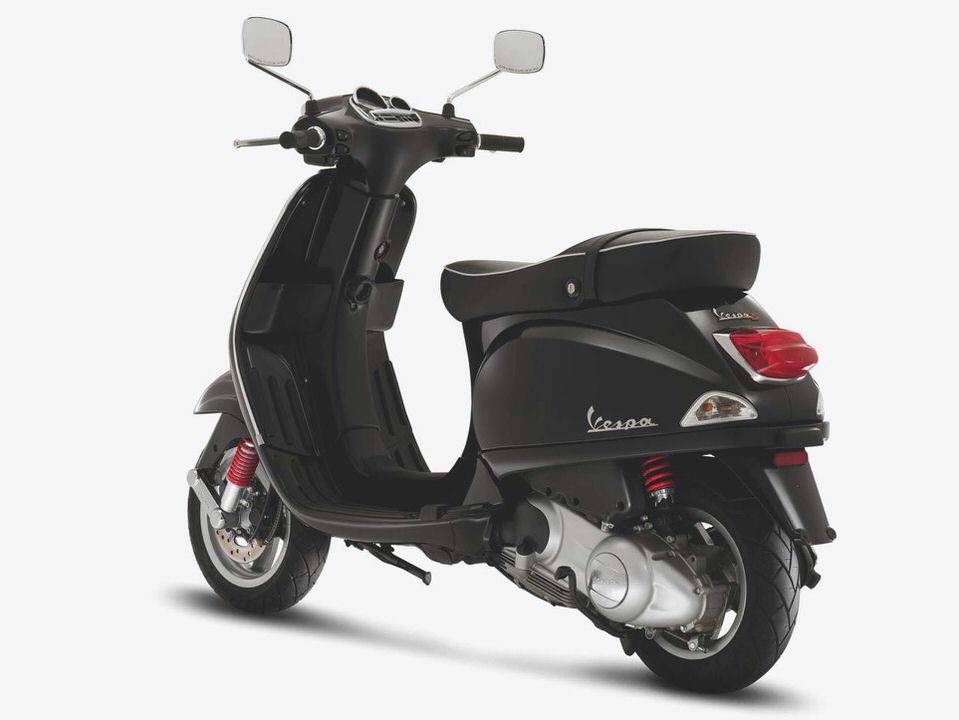

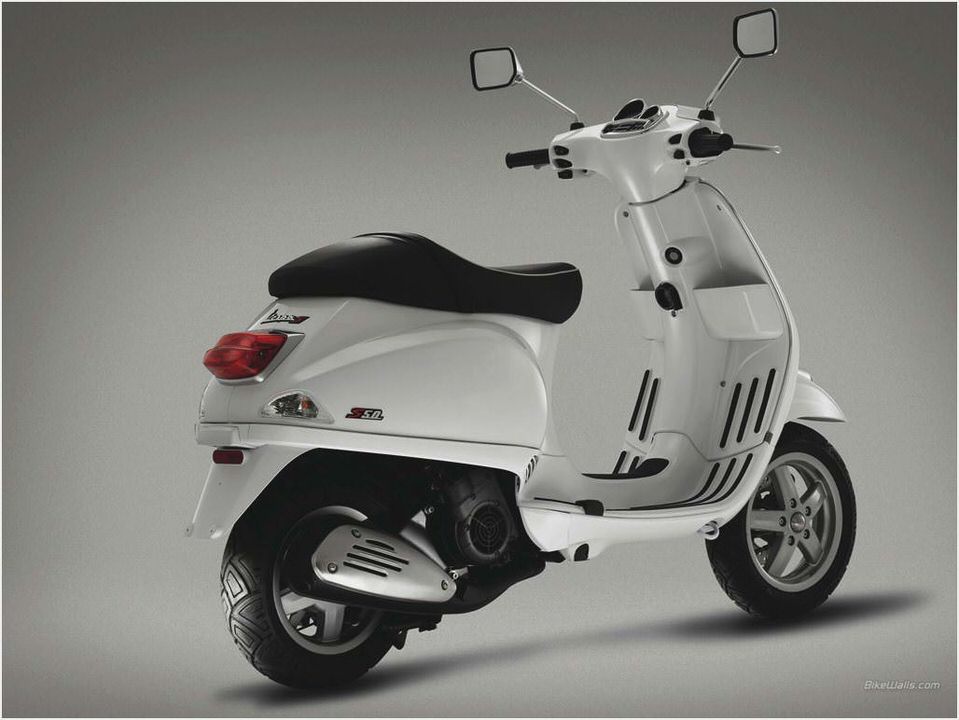
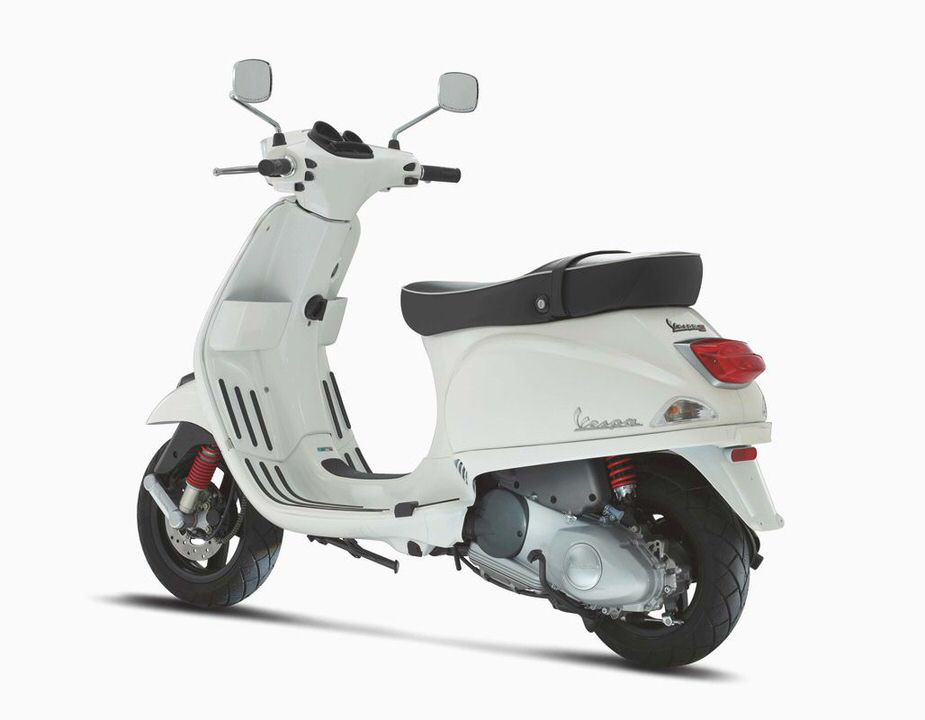
- VESPA SCOOTER WEIGHT – SCOOTERS
- Vespa S 150 Review 2011 Scooters Mopeds
- Vespa S and Vespa S College Scooter News and Reviews Scootersales
- Where Do You Find the Engine Number on a Vespa ET4? eHow
- Vespa GTS 125 Super Review Scooters Mopeds

